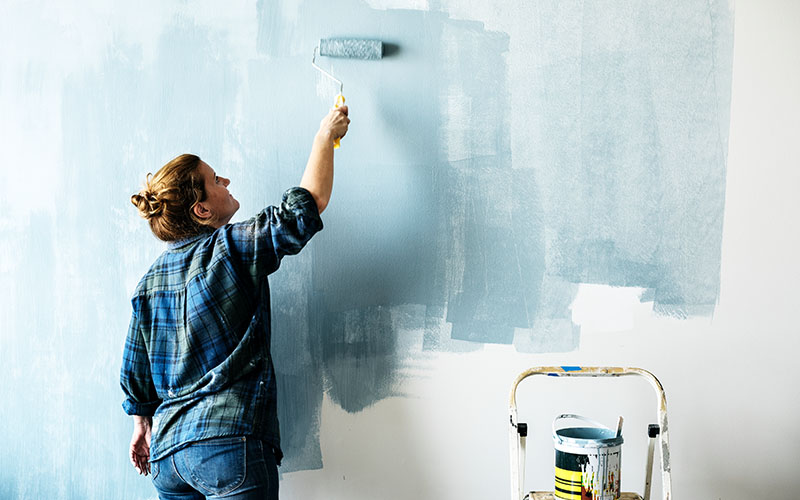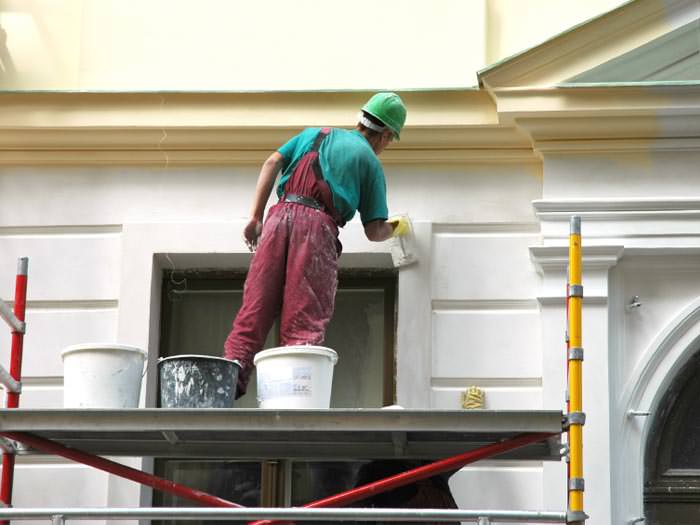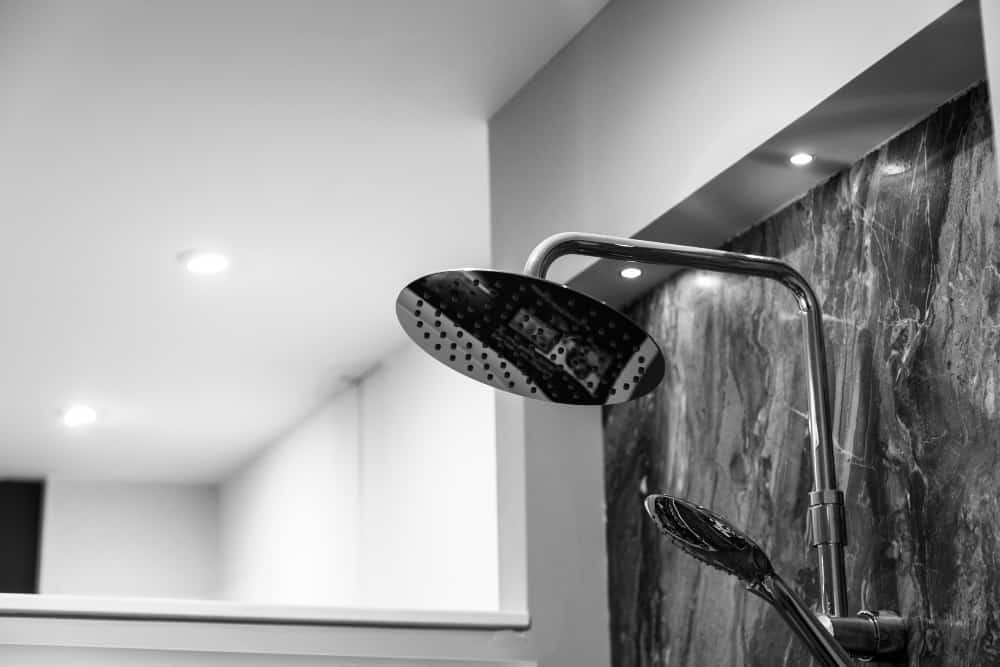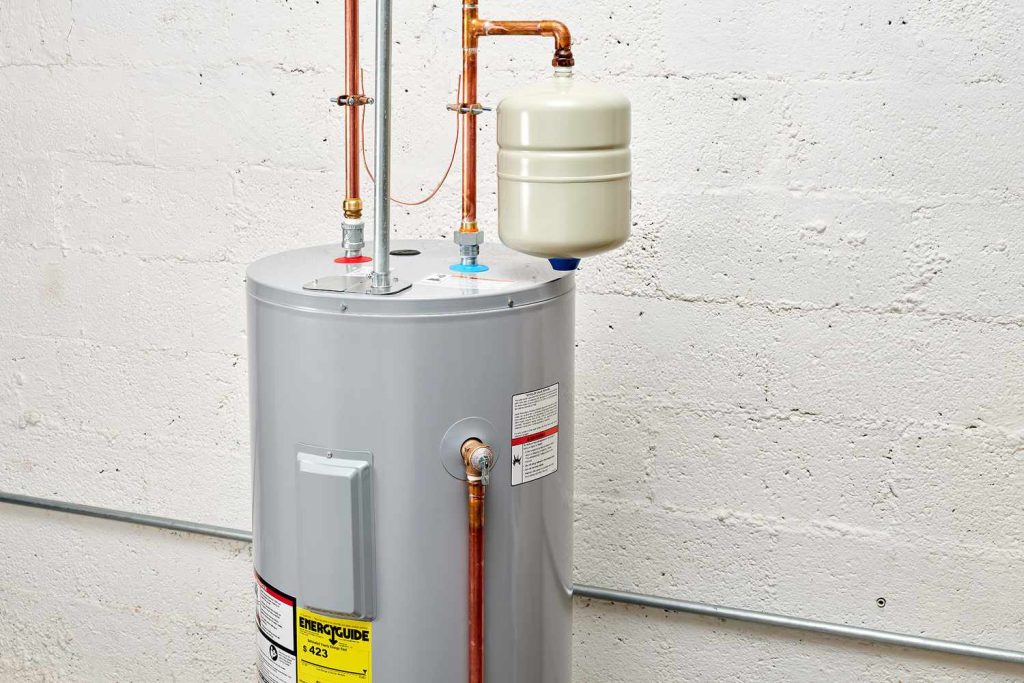Maintaining the aesthetic appeal of a condo or apartment is a key concern for many homeowners and property managers in Singapore. Professional painting services may help to produce a polished, bright finish whether your goal is to remodel your living area or get your property ready for sale. Expert painting contractors focused on condos and apartments have years of experience and knowledge to guarantee flawless coating of your walls.
Why Hire Expert Painting Contractors?
Painting a condo or apartment differs greatly between doing it yourself and consulting specialists. Skilled painting contractors have the tools, knowledge, and abilities needed to produce excellent work quickly. They are taught to meet particular obstacles presented by condo and apartment situations, including working within limited space, guaranteeing minimum disturbance to neighbors, and following building rules and standards.

Tailored Services for Condo & Apartment Owners
Expert painting contractors in Singapore provide a range of specialist services designed to meet the particular requirements of apartment and condo owners. These builders can provide custom solutions for both interior and exterior painting, regardless of size—small studio or big penthouse. Working with several paint colors, finishes, and techniques, they assist you in choosing the best materials to accentuate your area and style.
Expert contractors also know how to fix typical problems like cracks, stains, or water damage to help surfaces be ready for painting. For homeowners, this preparation guarantees correct adherence of the paint and a longer lifetime, so providing long-term value.
Quality Assurance and Reliability
Important for both indoor and exterior uses, reputable painting businesses in Singapore only use premium, durable paints fit for local weather conditions. They can also suggest current finishes, textures, or accent walls to improve the decor of your house since they are also quite knowledgeable in the newest painting trends and techniques.
Professional builders also prioritize safety. They minimize the possibility of paint spills or damage throughout the process by strictly following procedures to guard your furniture, carpeting, and personal items. Larger projects also guarantee that the job is finished according to schedule, therefore reducing disturbance to your daily life.
Employing professional painting contractors is an investment in your condo or apartment’s value and beauty in Singapore. Their knowledge of surface preparation, choosing of materials, and painting procedures guarantees perfect, long-lasting effects. Professional painting services are a wise investment that offers both quality and peace of mind, whether your goal is to improve the curb appeal of your house or update your living area.





